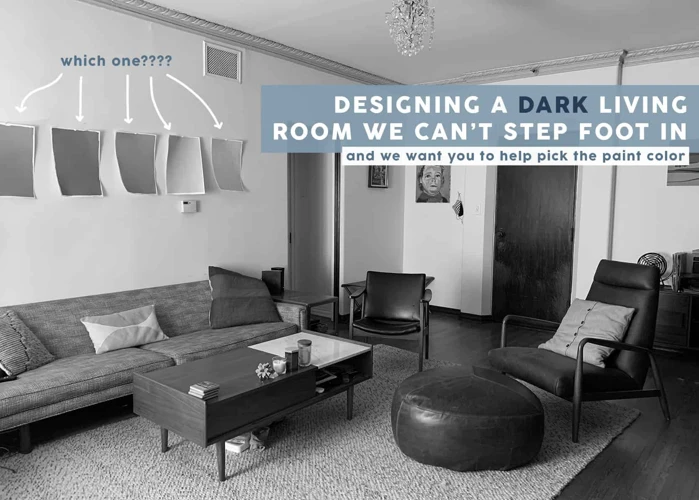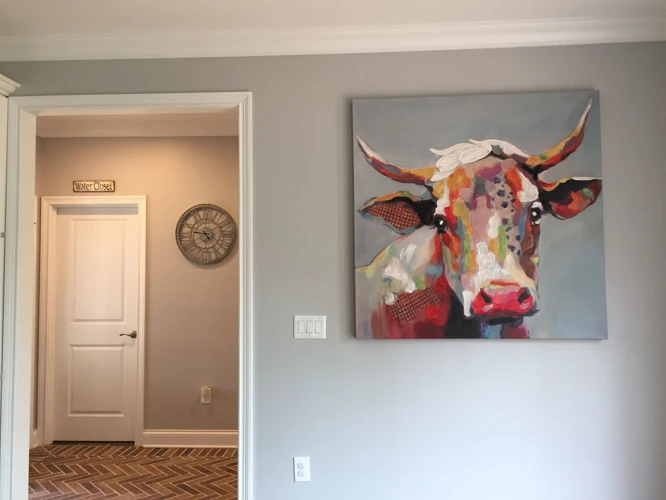When it comes to decorating, the significance of paint color selection cannot be overstated. It’s a decision that sets the mood and atmosphere for any interior space. However, it’s not solely about picking a hue that speaks to you; it’s also about understanding how lighting will alter your perception of that color. Different light sources can transform paint colors, influencing the overall ambiance of a room. To make informed decisions, one must consider the intricate relationship between paint and light.
The Impact of Natural Lighting on Paint Colors
Natural light plays a pivotal role in how we perceive paint colors. Sunshine’s changing intensity throughout the day can make a color appear differently in the morning than in the evening. South-facing rooms bask in abundant daylight, which can make colors seem more vivid, while north-facing rooms receive less direct sunlight, causing hues to appear more muted and cooler. Recognizing these variations is critical in selecting the perfect shade for your space.
Choosing the Best Paint Colors for Different Natural Light Exposures
Optimizing paint color selection based on the room’s natural light exposure is key. For instance, a room with east-facing windows that captures the warm morning light may benefit from cooler shades to balance the yellow-orange tones of sunrise. Conversely, a west-facing room, with the potential for intense afternoon light, can be softened with warm, subdued colors. It’s about achieving harmony between the natural light present and the chosen paint shades.
Lighting Effects on Paint: How to Enhance Your Interior
While natural light sets the stage, the lighting effects on paint are also shaped by the artificial light within a room. Beyond brightness and placement, the color temperature of light bulbs can dramatically affect how paint colors look on your walls. Understanding these effects can help you enhance the interior design of your home, ensuring that the colors you choose are displayed to their best advantage regardless of the time of day or the season.
Color Temperature Influence on Paint Hues
Color temperature, measured in kelvins, can sway the appearance of paint hues. Warm lighting, with lower kelvin ratings, can enrich warm colors and soften cool ones, whereas cool lighting can make cool colors appear crisper and warm colors slightly duller. This color temperature influence should be a consideration when selecting both light fixtures and paint shades to ensure they complement each other.
Ambient Lighting Paint Selection: Creating the Perfect Atmosphere
Ambient lighting paint selection is about more than just aesthetics; it’s about crafting an atmosphere. Soft, diffused lighting can make a space feel cozy and inviting, which pairs well with darker, richer colors. Brighter, more direct lighting can energize a room, which might call for lighter, more vibrant paint choices. Assess the existing ambient lighting when choosing paint shades to create the desired effect in your interior.
Choosing Paint Shades: Tips for Every Room
Every room presents a unique canvas for expressing your style through color. The challenge lies in choosing paint shades that not only resonate with your personal taste but also harmonize with the room’s lighting conditions. Whether it’s the play of sunlight in a living room or the glow of lamps in a bedroom, the interplay between light and color can create vastly different experiences within the same space.
Interior Paint Lighting: Balancing Natural and Artificial Sources
Achieving the right balance between natural and artificial light sources is crucial for interior paint lighting. Daylight may dominate during the hours when you’re most active, while in the evenings, your artificial lighting takes precedence. Consider how the transition between these light sources affects the room’s ambiance and choose paint shades that maintain a consistent mood throughout the day.
Artificial Light Paint Choice: Selecting Bulbs for Color Accuracy
When it comes to artificial light paint choice, the type of bulb you select is as important as the paint itself. LED bulbs that mimic daylight can provide color accuracy, ensuring that the hues you’ve chosen are true to form when the sun sets. Halogens, with their crisp, white light, can also be excellent for highlighting the vibrancy of your chosen paint. Select bulbs that offer the best representation of your paint colors under artificial conditions.
Best Paint Colors for Your Space: A Comprehensive Guide
Selecting the best paint colors for your space is an art that blends personal style with an understanding of how light interacts with color. It’s a process that requires consideration of the room’s size, function, and the feelings you wish to evoke. Whether you’re looking for a calming retreat or a vibrant space for entertaining, the right paint color can make all the difference.
Natural Lighting and Paint: Maximizing Daylight in Your Color Choice
When considering natural lighting and paint, it’s essential to maximize the impact of daylight. Lighter colors can help reflect natural light, making a room feel more open and airy. Conversely, darker colors can add depth and drama but may need more natural light to prevent a room from feeling too enclosed. Assess the amount of daylight your room receives and choose a color that enhances the natural beauty of the space.
When it comes to selecting the perfect paint color for your space, lighting plays a pivotal role in how the color is ultimately perceived. To help you make the best decision, we have a range of articles that delve into this subject. Discover how artificial lighting can affect your paint choices by reading our article on how artificial lighting changes the appearance of paint colors. If you’re looking for practical advice, our tips on testing paint colors with different lighting conditions can be incredibly useful. And for those interested in creative approaches, our guide on techniques to blend paint colors should provide some great insights. Make sure to consider these resources to ensure the hues in your home shine in their best light!
Paint Color Tips for Achieving Desired Tones and Moods
Here are some paint color tips to help you achieve the tones and moods that reflect your vision for each room:
- Use samples: Test paint samples on different walls to see how they respond to the room’s lighting at various times of the day.
- Consider finish: The sheen of the paint can affect color perception, with glossier finishes reflecting more light and appearing brighter.
- Account for room elements: Factor in the room’s furniture, flooring, and artwork, as these can influence how paint colors are perceived.
By thoughtfully considering these elements, you can ensure that the paint colors you select will create the perfect backdrop for your life’s moments.
Through a deep understanding of how light affects paint and armed with these tips, you’re now better equipped to make paint color selections that will bring out the best in your home. Remember, the goal is to create a space that feels right to you, one that is a reflection of your personality and a haven from the outside world.


